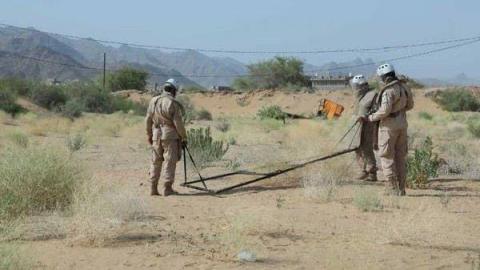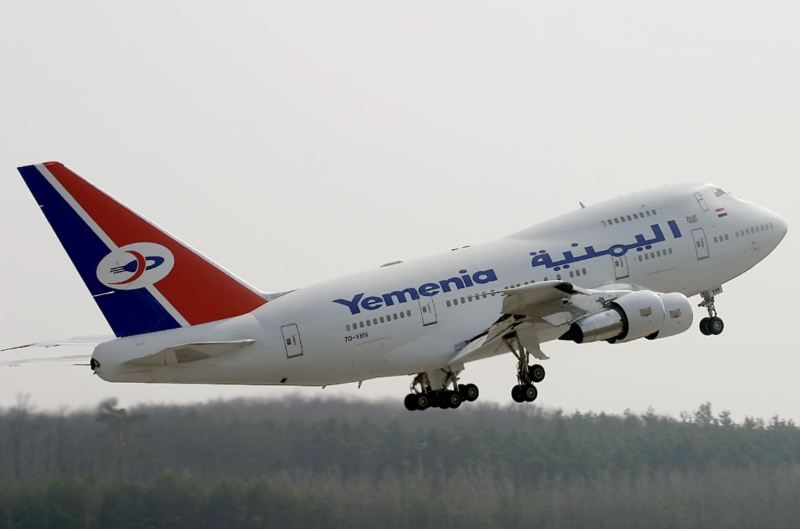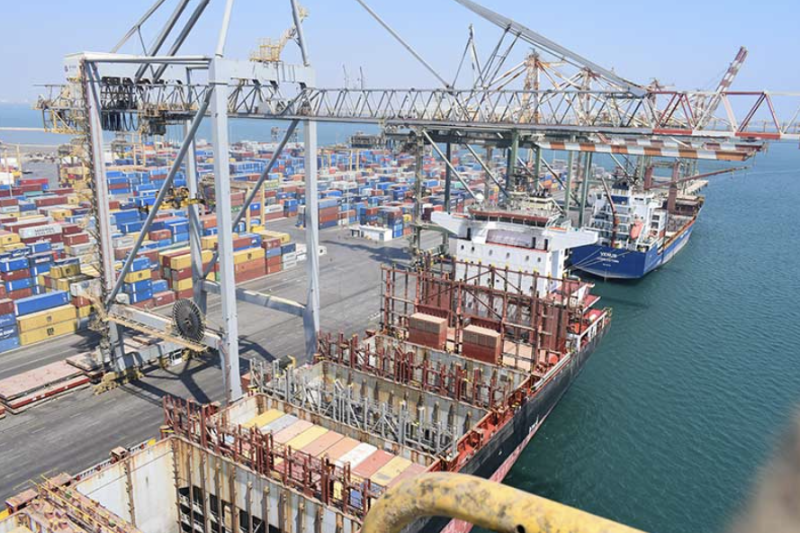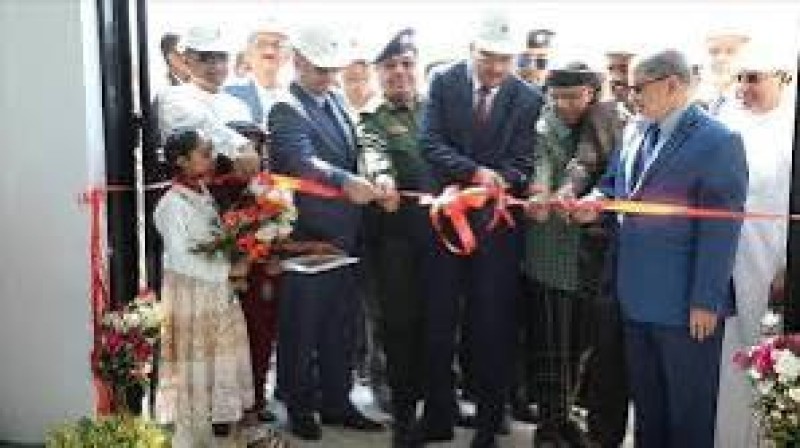Yemen Humanitarian Update - Issue 11/ November 2021


HIGHLIGHTS
Humanitarian Coordinator visits Aden, Ma’rib and Sayun
More than 25,000 people displaced in Al Hodeidah Governorate in November
New oxygen production stations to be constructed in Yemen
Yemen Humanitarian Fund allocates $48 million to assist people in acute need
First automatic marine station in Yemen
AID AGENCIES RAMP UP AID EFFORTS IN MA’RIB AS TENSIONS PERSIST
Hostilities have escalated in Ma’rib Governorate and surrounding areas in the last two months more than they have any time this year causing massive displacement as well as restricting civilian movement and humanitarian access to people in need. More than 64,450 people (10,742 families) have been displaced in or to Ma’rib Governorate between January and November this year due to hostilities, according to the International Organization for Migration (IOM). Of these, more than two-thirds – 45,450 people (7,553 families) – were displaced since September.
Internally Displaced People (IDPs) who sought safety in Ma’rib City and surrounding areas are among the most vulnerable, having already been displaced twice or three times, with most of them arriving in already over-crowded displacement sites with very limited or no access to basic services. With hostilities surging towards Ma’rib City, the situation continued to worsen in November, forcing IDPs already settled in displacement sites to flee. In November alone, more than 16,000 people fled conflict-affected areas to safer places in Ma’rib, according to IOM. Up to eleven cluster-managed sites were forced to close as IDPs fled mainly to Ma’rib District, the governorate’s remote eastern area where services are limited.
New displacement is exacerbating existing humanitarian needs, drastically increasing the need for assistance and protection services – particularly for women and children. Diseases such as acute watery diarrhoea (AWD), malaria and upper respiratory tract infections are common among the newly displaced people, heightening the urgent need for WASH and healthcare services. The worsening displacement situation in Ma’rib Governorate is taking a heavy toll on host communities and overwhelming existing services. In addition, among those affected are some 3,500 migrants, who IOM estimates are stranded throughout the governorate. The shifting frontline continues to impede the journeys taken by migrants to reach and depart from Ma’rib on their way to the Kingdom of Saudi Arabia. Migrants close to fighting areas have been at greater risk of detention, forced labour and sexual violence since the recent escalation of conflict.
Aid organizations continue to ramp up assistance to newly displaced people alongside regular response activities. Ma’rib Governorate and surrounding areas have remained a priority for aid agencies in Yemen since fighting broke out in February this year and they have scaled up response more than any other hotspots in the country this year. Before the escalation of hostilities in September, aid partners have been reaching some 677,000 people with assistance in Ma’rib each month. They continue to provide life-saving assistance, including ready-to-eat food rations, malnutrition, health, shelter and WASH support and protection services. Partners have distributed Rapid Response Mechanism (RRM) kits reaching over 6,000 newly displaced households between September and November. An RMM kit is a package of critical life-saving assistance to be provided to newly displaced persons within 72 hours of displacement. Response teams have also scaled up shelter, NFIs, food baskets, hygiene kits and cash assistance in 62 sites hosting close to 27,000 families. WASH teams continue to truck water, build latrines and distribute hygiene items reaching more than 22,000 people, while health teams, including mobile medical clinics, are providing emergency health care services and have re-stocked local clinics and hospitals with necessary supplies in displacement sites and in areas where people are sheltering with host communities. Protection partners are providing psychosocial support as well as disseminating information on available services, identifying those with specific needs and referring them for support, including legal assistance on personal documentation.
The Regional Coordination Team (RCT) in Ma’rib is working with humanitarian partners and local authorities to expedite the response to newly displaced people. At the same time, assessment missions are ongoing in affected areas in the governorate. The RCT is also mobilizing stocks of RRM kits, food, shelter, non-food items and medicine to be pre-positioned in Ma’rib City and in Sayun District in the neighbouring Hadramawt Governorate. Additional funding is needed to sustain and scale up the aid operation in Ma’rib for the next three months. With the 2021 Yemen Humanitarian Response Plan only 57 per funded by the end of November, critical sectors such as health, WASH, shelter, camp management and protection are struggling to meet the surging needs due to conflict-induced displacement.

Aden -- Yemen Airways has announced the cancellation of the mandatory round-trip ticket requirement for passengers traveling from Yemen to Saudi Ar…

Aden — Ports under the authority of Yemen’s internationally recognized government have received more than two million metric tons of fu…

Mukalla — Local authorities in Hadramout have announced the inauguration of Yemen’s first solar-powered cement station, a landmark proj…